The Human Factor: Behind Every Dazzling Display is a Frantic Crew and an Evolving Art
If there’s one thing I’ve learned about projection mapping, it’s that the magic you see on opening night is only the tip of the iceberg. Behind every creative display—whether it’s lighting up a cathedral or electrifying a corporate event—there’s a whirlwind of human effort, late-night troubleshooting, and imaginative improvisation. The entertainment industry loves to talk about spectacle, but rarely do we see the frantic crew racing against the clock or the artists agonizing over every frame of animation. As a creative director once told me,
“Never underestimate how long it takes to go from storyboard to standing ovation.”
I’ll admit, I once believed that a few minutes of jaw-dropping video could be whipped up in a week. Reality? Even the shortest projection mapping projects can span days, while city-scale installations—such as festival centerpieces or heritage building transformations—become year-long marathons. Content creation is the real wild card. It’s unpredictable, labor-intensive, and often the most significant driver of both cost and timeline. Weeks for minutes of video isn’t an exaggeration; it’s the norm.
What keeps the process so fascinating, though, is its unpredictability. No two projects are ever the same. Mapping feels a lot like jazz—each event riffing off its own objectives, quirks of the site, available technology, and the personalities involved. Sometimes, quick-turn projects come together in a burst of energy. Other times, you’re wrangling integrators, staging companies, and creative teams for months, each person bringing their expertise and, yes, their headaches.
Reimagination
One of the most inspiring aspects for me is how projection mapping lets us reimagine historic venues without leaving a trace. For preservation purists, it’s a dream: transforming cathedrals, museums, or city landmarks into immersive canvases, all without a single nail or permanent fixture. This non-invasive approach is why projection mapping is experiencing significant growth in both the entertainment industry and corporate events.
And when the curtain finally rises, the audience never sees the frantic crew or the sleepless nights. They see pure possibility—color, light, and story, woven together by a team that’s learned to expect the unexpected. That’s the real art behind projection mapping: a blend of technology, teamwork, and a willingness to improvise, again and again.
TL;DR: Projection mapping goes way beyond pretty light shows—it’s a fusion of clear goals, ingenious tech, and vibrant creative ambition, driving massive industry growth and transforming events, landmarks, and even city skylines. Whether you’re an artist, event strategist, or just curious, the future is bright—and mapped in color.











